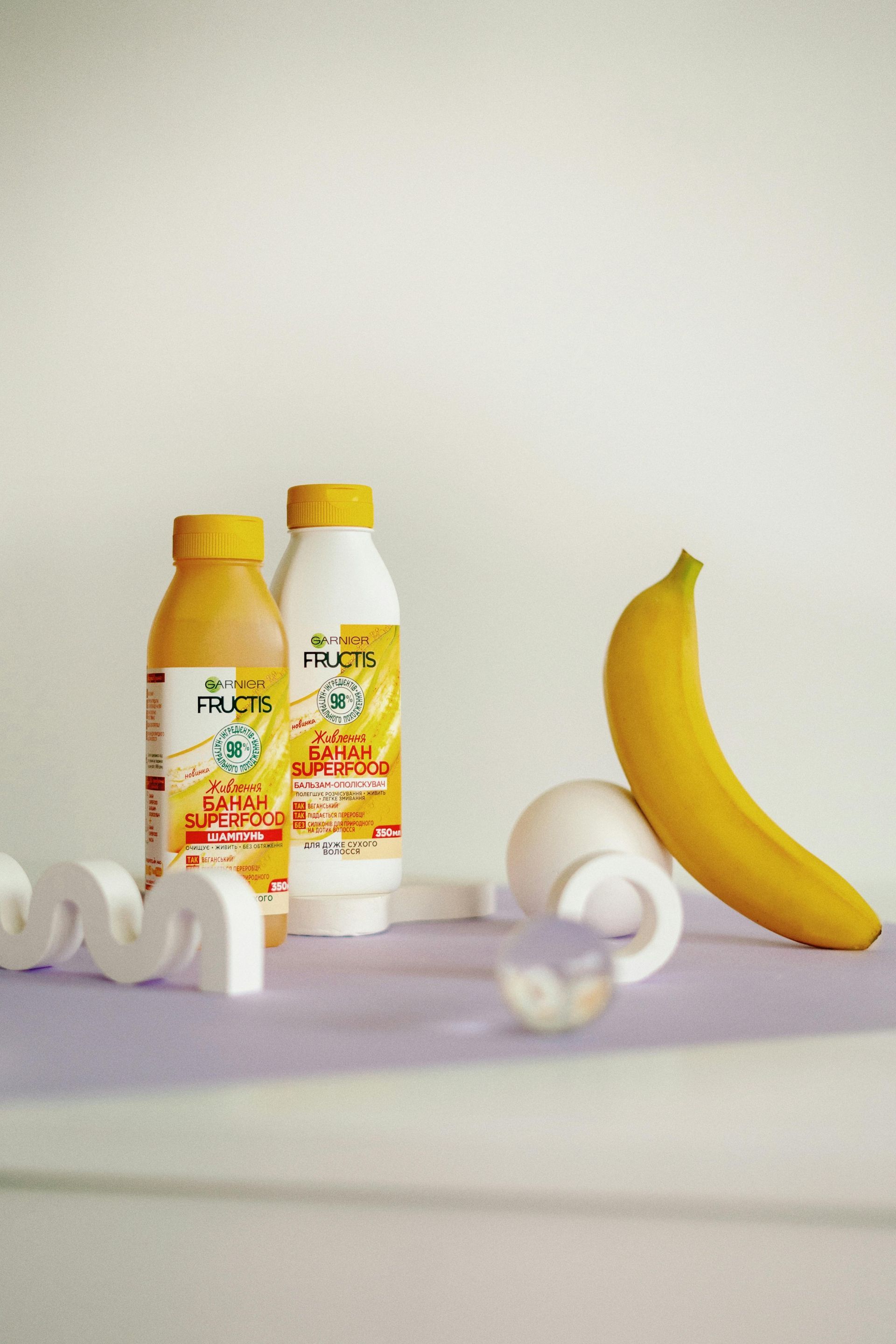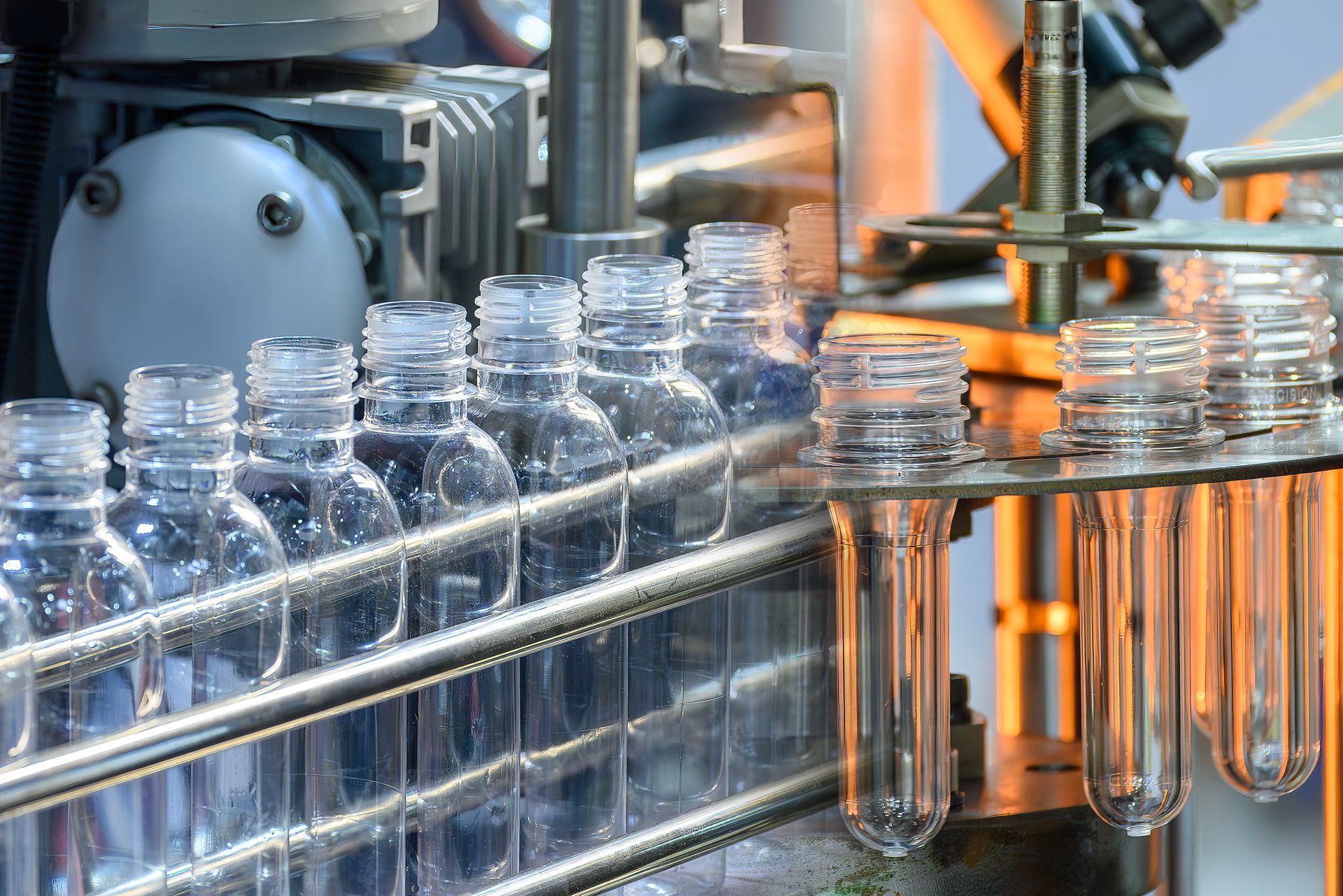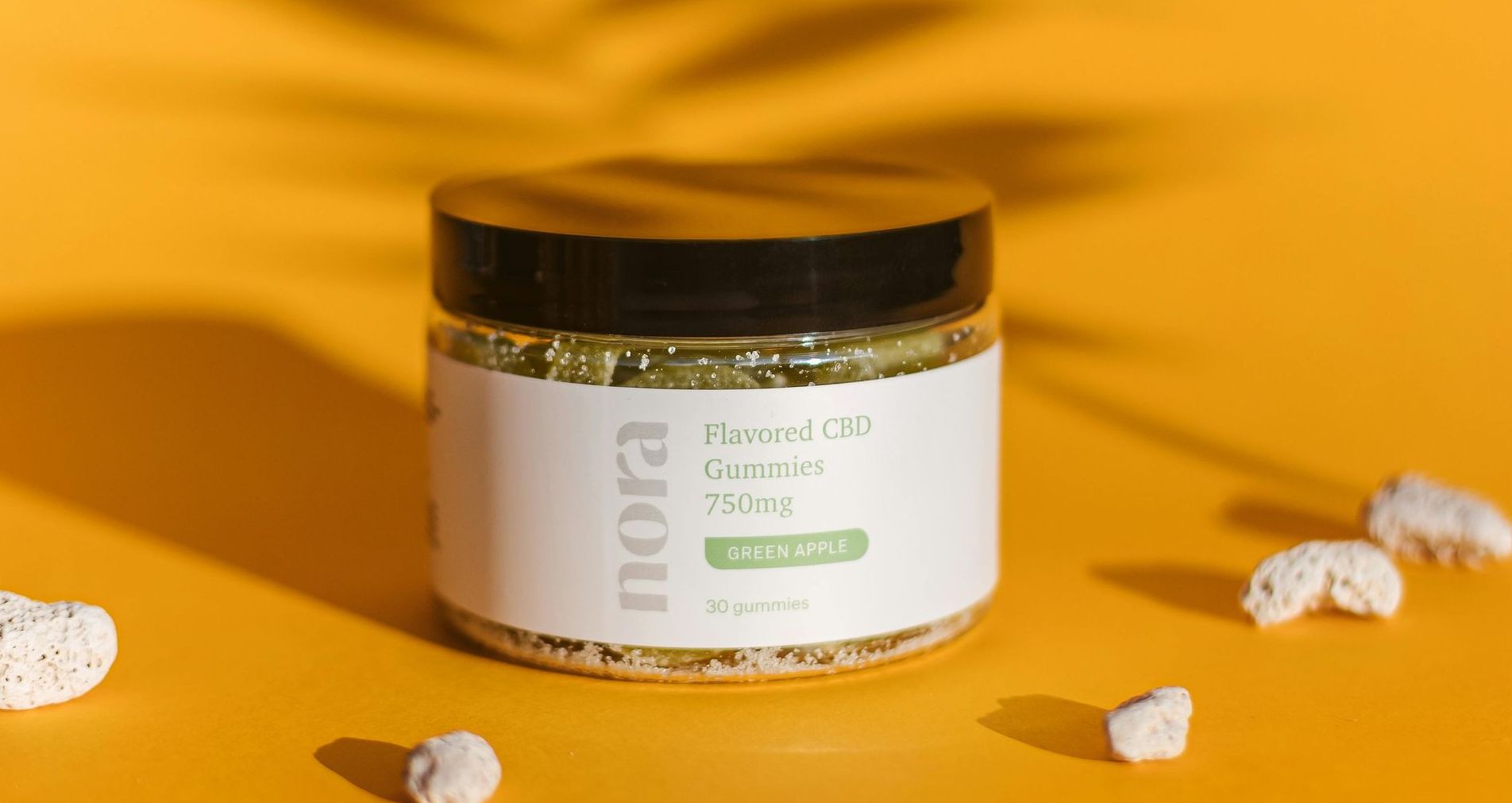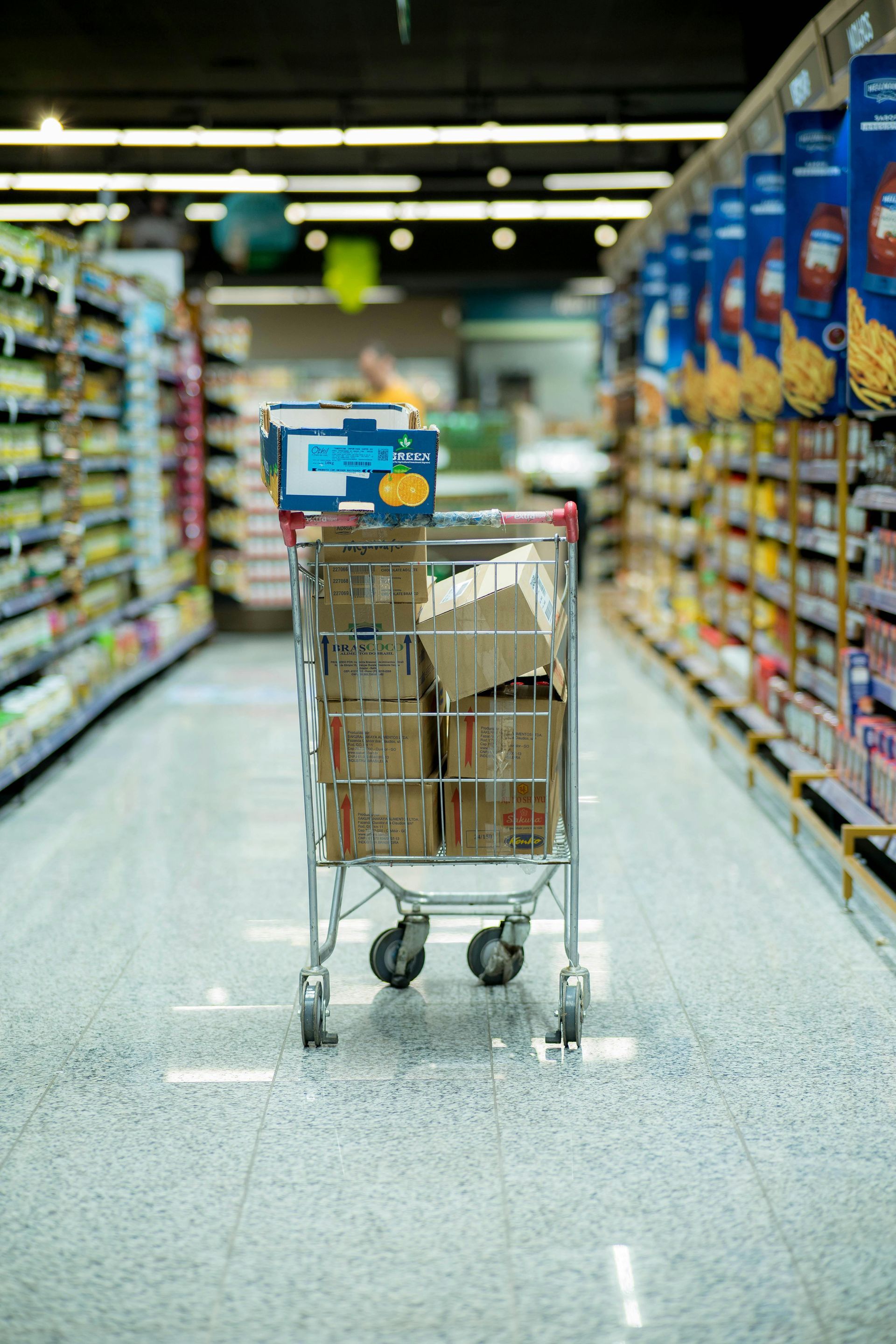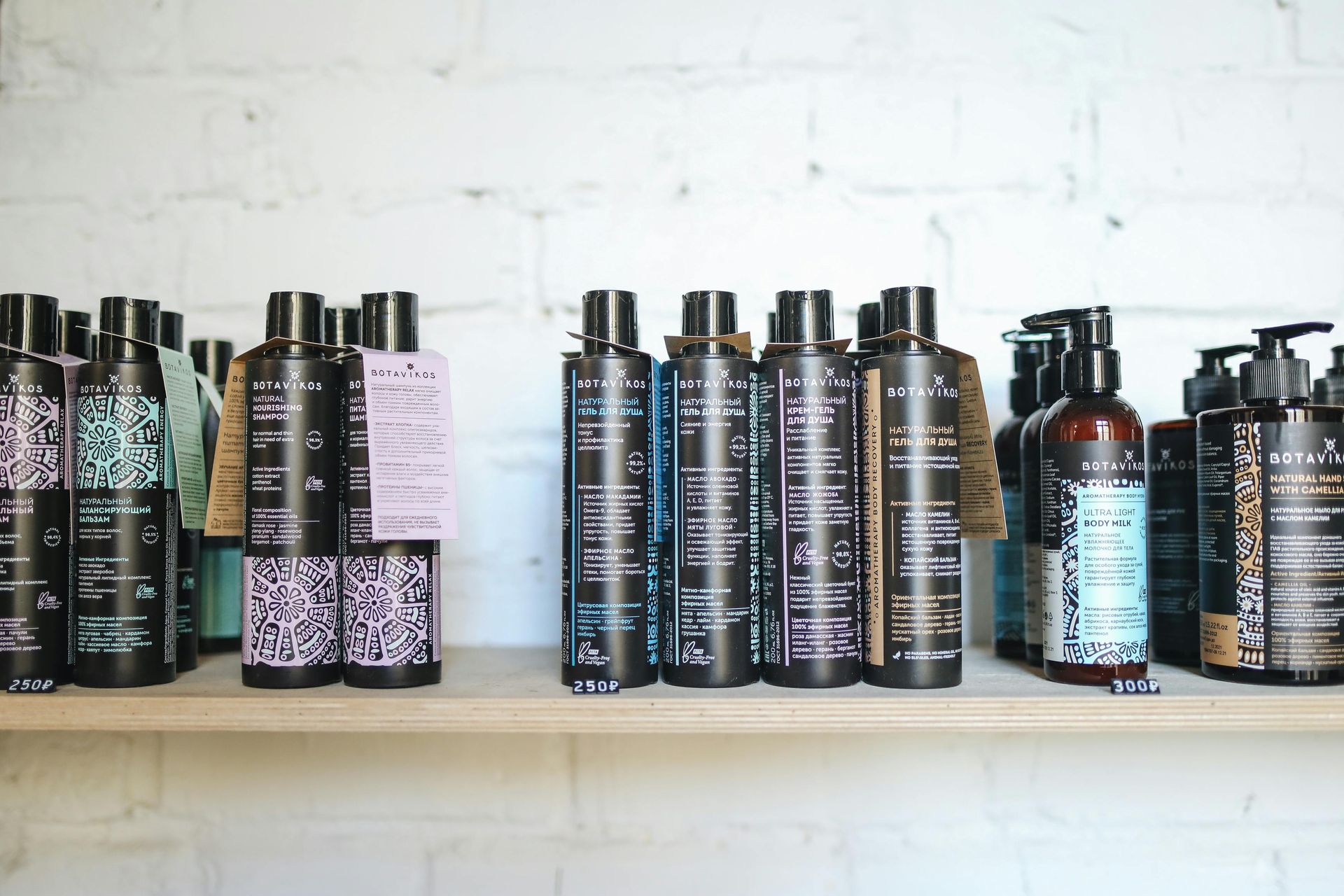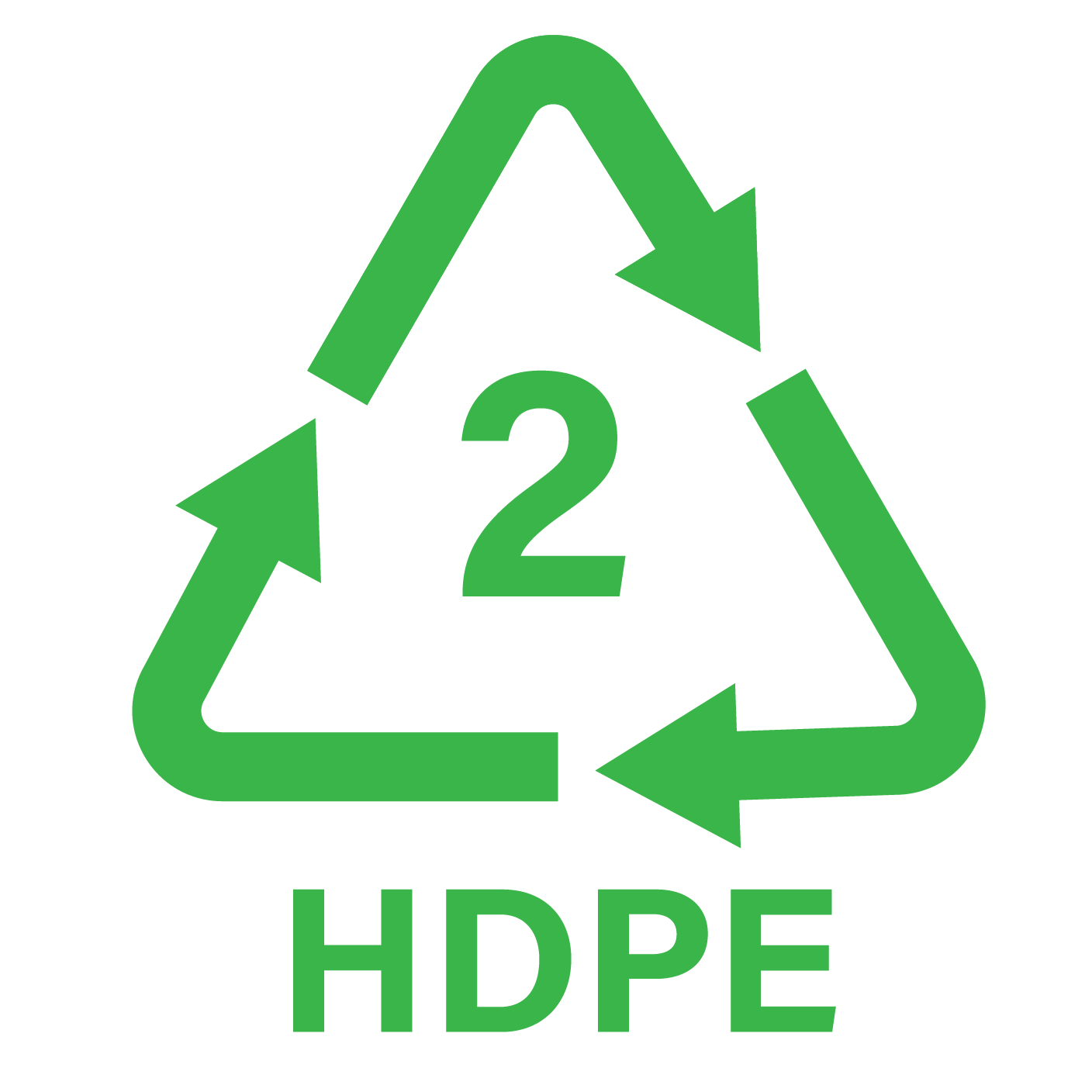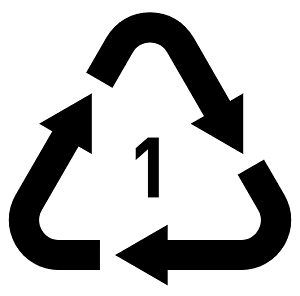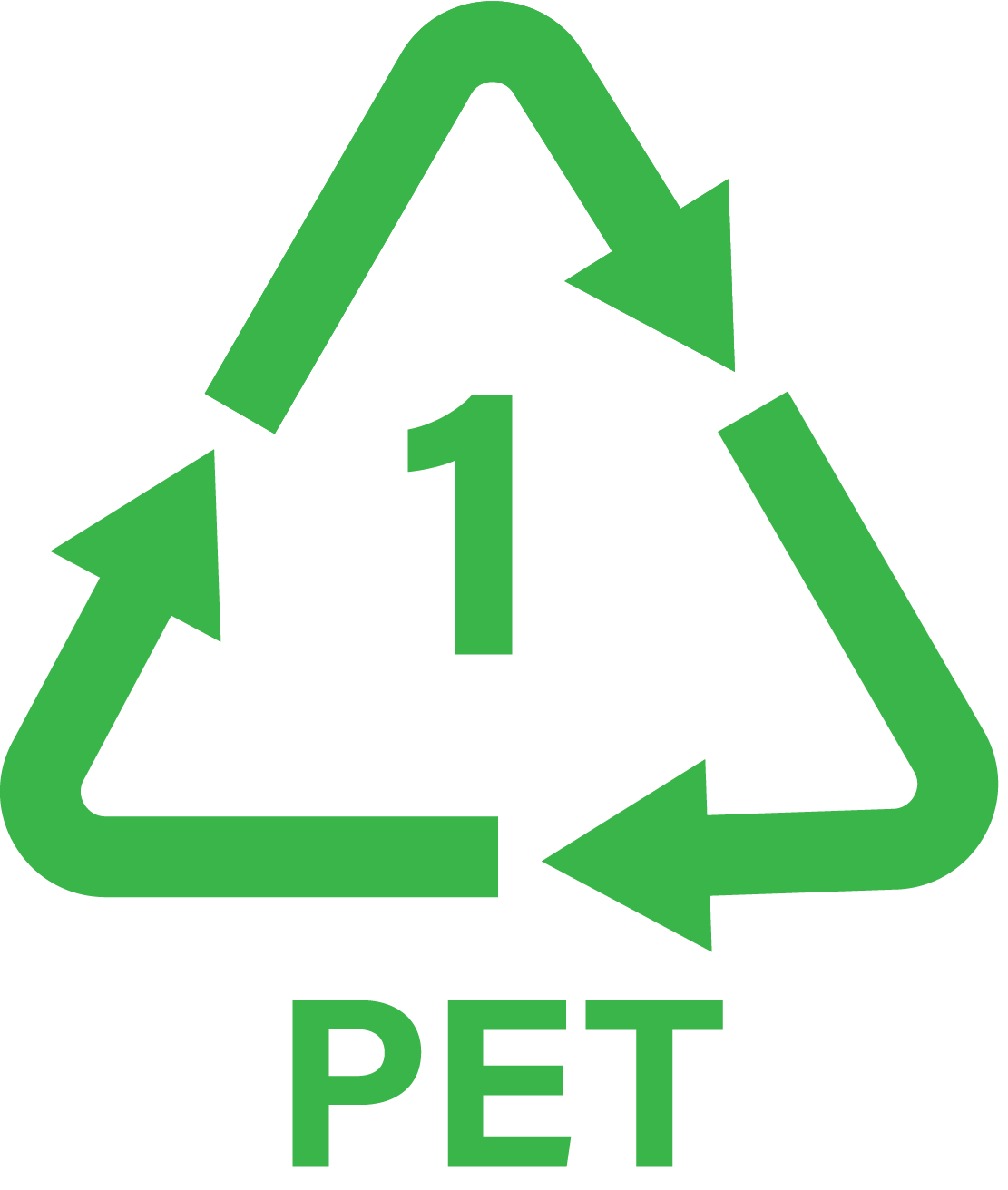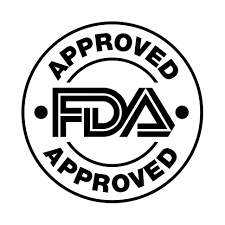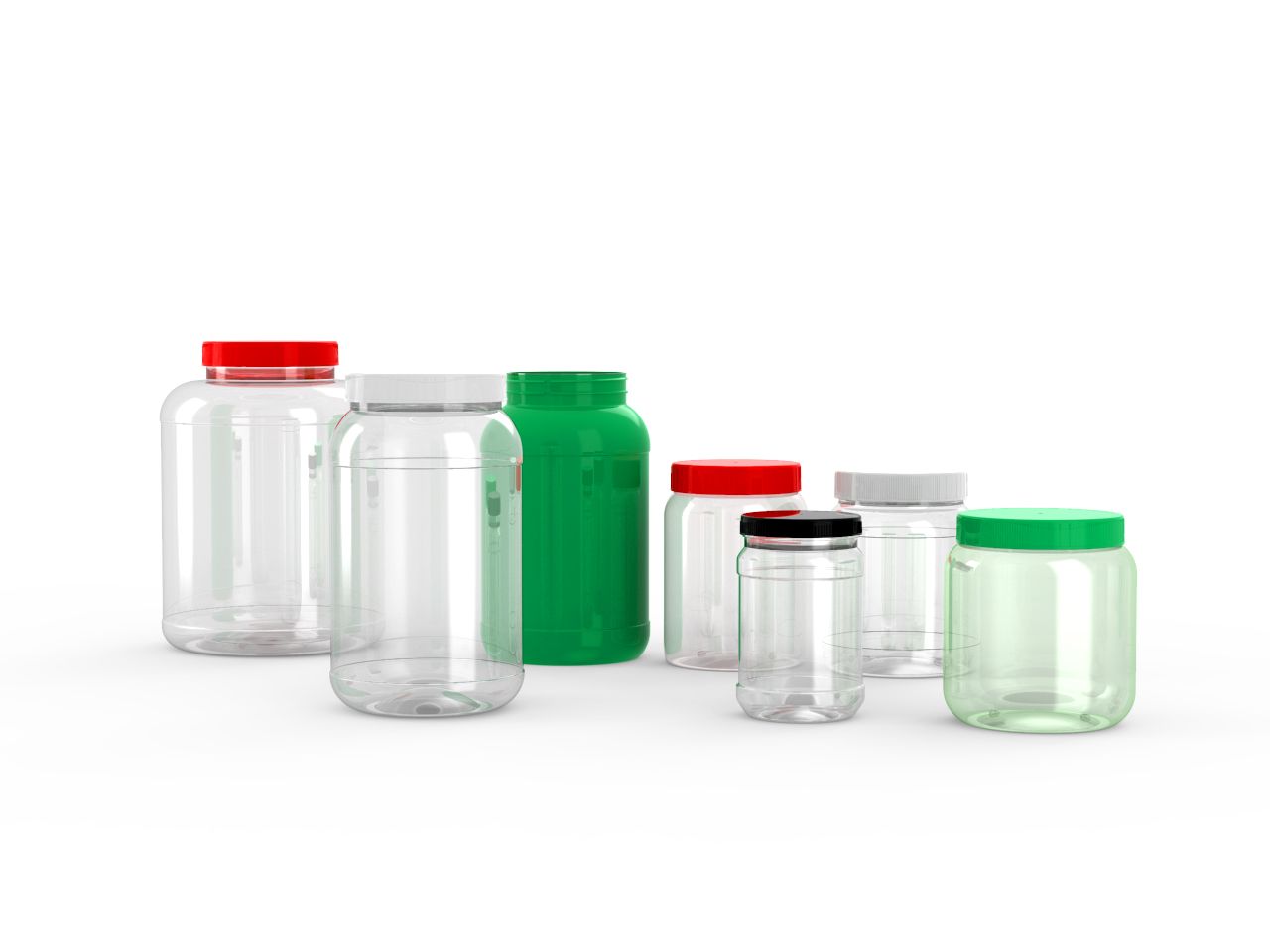Sustainability Is the Key to Packaging in 2023
What Sustainable Packaging Trends Can You Expect to See in 2023?
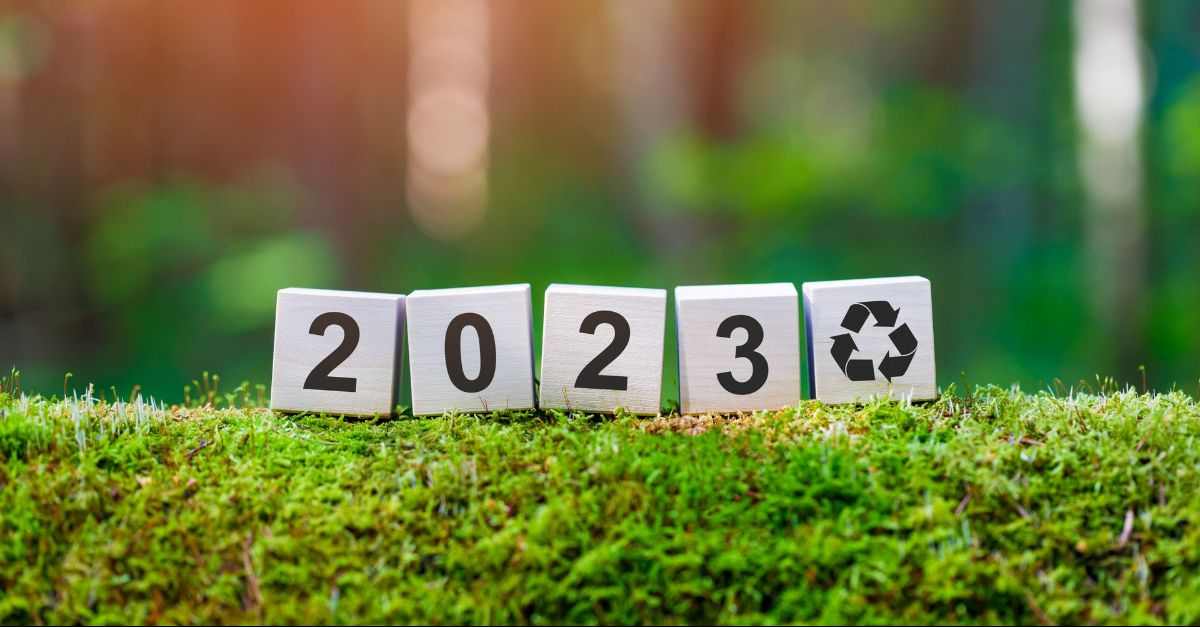
According to a recent Business of Sustainability Index from PDI Technologies, two-thirds of all U.S. consumers are willing to pay premium prices for sustainable products. Recycled plastic packaging isn't just a responsible ecological choice—it is rapidly becoming a savvy business strategy!
Here are just some of the sustainable packaging trends you can expect to see in 2023 (and beyond).
Lightweighting/Downsizing
Though similar, lightweighting and downsizing are actually two different strategies for achieving the same goal.
Lightweighting involves reducing the actual amount of plastic used to create packaging, such as thinner walls on bottles and jars. This strategy not only improves sustainability, but actually helps a company save money by using less material. However, lightweighting is not a strategy to be considered lightly. If done incorrectly, the packaging may not be able to stand up to the rigors of shipping or product use.
Downsizing involves an overall reduction in packaging size and volume. Also known as "shrinkflation," this strategy can go a long ways towards reducing excess waste, especially in products subject to expiration or environmental degradation. One of the biggest challenges facing downsizing adopters is one of public perception, as consumers tend to react negatively if it appears they're getting less product than they were for the same amount of money.
Reusable Design
The basic idea behind reusable design is to move beyond the disposable one-time-use packaging and shift to something that can be reused multiple times. Probably the ur-example of this strategy is the milkman, who would collect empty bottles from his customers' doorsteps and replace them with fresh containers of milk.
A number of companies have adopted a similar strategy over the past decade, especially in the health & beauty, personal care, and beverage industries. Expect to see more and more refill programs in 2023, as businesses continue to incentivize consumers by offering refills as a discounted price.
Innovative Labels for Waste Reduction
Standard paper labels tend to generate considerable waste. Fortunately, there have been some innovations in recent years to address these issues.
Wash-off labels incorporate bio-based mediums, inks, and adhesives that can be rinsed off of PET bottles during the recycling process, thus increasing the availability of rPET.
Double-sided labels are printed on the reverse side of a transparent laminate, eliminating the need for a second pressure-sensitive facestock on clear packaging. This means an overall reduction in resource consumption.
PET labels are printed on a co-extruded PET film that's clear, durable, and (most of all) 100% recyclable. This labels are ideal for end-of-life design (see below).
End-of-Life Design
When talking about sustainability, "end-of-life" refers to packaging design choices that significantly increase its chance of being recycled. This means integrating all elements of packaging (containers, caps, labels, etc.) so they can be easily sorted and recycled with minimal effort. This will ensure that the packaging material remains in the circular economy rather than getting relegated to a landfill.

